The fine and educated people employed at the Philadelphia Art Museum tolerate the runners, the daily thousands who, for some reason or another, are in Philadelphia and because they’re in Philadelphia, succumb to the compulsion to sprint up the Museum’s steps and turn around, staring down into the core of Philly, jump in the air, hands shot skyward, and yell ‘Adrian.’
It’s either a pity or a triumph – much like the city itself – that the most famous sculpture at the Philadelphia Museum of Art is outside of it. At the base of those famous steps, hidden often in shadow, it stands eight feet, six inches tall, and is more than two millenia younger than its bronze brethren inside. It’s the statue of Rocky, Stallone’s character, the character that’s come to represent, for good and for bad, the Philadelphia identity, the Philadelphia spirit.
And in a time when the nation’s turning its eyes to Philly for reasons other than its position as the ugliest city in America, we see just how pitch-perfect and, thus tragic, Stallone’s distillation of the Philadelphia soul was, and we wonder, if the Phillies do manage to break the curse tonight, will Rocky still ring as true? Without a curse to symbolize the role of underdogs, must Philadelphians start to re-define themselves?
Rocky meant, and means, so much to Philadelphia because of its essential compression of the pain of being Philadelphian. Inside the Stallion’s steel jaw and widowmaking blows were packed the accumulated suffering and disenfranchisement and down-and-out futility of living in a city that’s done nothing but crumbled over the past half-century, a city of perpetual underdogs. Philadelphia’s poet would never be a writer; it would have to be a fighter, the tragic figure of American sports, a colossal rat in a maze whose successes are momentarily cheered and then forgotten as he gives his brain, his humanity, his life to the crowd.
Rocky gave Philadelphians a way out of this decay, a ticket from South Philly to center stage at Caesar’s. It was the Springsteen story, the one where getting out is all that matters and as long as you can keep pushing back the sunrise, you’ll be ok. More, it was the Alger rags-to-riches, up-by-your-bootstraps, American Dream story, which has become the most dangerous allegory in our time, as it postulates a virtual impossibility yet implies falling short of The Dream is unforgivable, a mark of weakness and inferiority.
Most dangerously, Rocky told its audiences that all you had to do was work hard, work harder, and one day you’ll be there – an idea that, painfully, no longer has resonance. Nowadays, having guts just isn’t enough.
But what Rocky captured above all and, in turn, perpetuated, is the all-consuming acceptance in Philadelphia of the underdog mentality, the stoic acceptance of a difficult, disappointing fate that manifests in crude hatred. Of other regions. Of other people. Of themselves. Those axes-to-grind sublimate into booing and cursing and fighting fans – sports, of course, offer an easy black-and-white crystallization of a greater phenomenon: Boston vs. Philly, per se, is a gimme, with Ivory Tower vs. Row Home – the same fans who dump nacho cheese and beer on kids without hesitation.
But a city of underdogs also manifests itself in a lack of civic progress, a crime rate that hastens every year and a sad, sad sense among people in the city that they are not, and won’t ever, be destined for greatness.
“Nothing ever gets done here – nothing ever gets better,” said our cab driver, bringing us to West Philly after going out in Center City after Game 4 of the World Series. “It’s that god-damned underdog mentality.”
Playing the role of underdog is at once empowering and devastating. At first, it unites against a common enemy, the single greatest agent of cohesion in a group. It’s easy to hate yourself less if you can project that anger somewhere else, say, Mets fans or Apollo Creed. Underdog status
But at the core of an underdog is the quiet, unspoken acceptance that you’re not quite worthy of where you are – which, of course, makes doing things like playing in the World Series seem like you’re stealing a car. As an underdog, you understand that you don’t belong at the cool kids’ table. So you act out.
There’s a scene in Dostoyevsky’s Notes From Underground in which unnamed the main character attends a party in honor of an old classmate, a soul generally beloved by all but, of course, despised by The Underground Man. At the table, the other guests, who had begrudgingly invited him, attempt to lavish praise on the guest of honor, Zverkov. The Underground Man, his hatred rising up in him like hot tar, lashes out at everyone, holding them all accountable for society’s failures and positioning them as symbols, acting brutally on the occasion of celebration.
Dostoyevsky uses this character for a multitude of reasons, of course, but the two reasons most applicable here are to reveal the unspoken madness inherent in a society (polite conversation being one of them) and to illustrate – and possibly warn against – the danger of inertia, ennui¸ on the part of those kept underground.
This last point is the one our cabbie referred to. Her example was how she couldn’t make a living because, in Philly cabs, it takes 5-6 days to receive the money owed a cabbie from a credit card transaction in the cab, and how, despite her efforts to galvanize support, she found nothing but resignation and a brick wall. She was livid at how few people would wrap their heads around this cause – New York cabs, for example, don’t have this truly absurd problem – and just how impenetrable the fortress of bureaucracy, within which the Powers That Be squash ideas daily, is.
It’s so sad to see these people, these good, hard-working people that are referred to by politicians as The Backbone of America or The Salt of the Earth or America’s Soul or any other trite, condescending term, feel trapped. You see them ending up, like Springsteen said, like a dog that’s been beat too much. And after a while, they just give up. New Yorkers, Bostonians, Chicagans demand progress. Philadelphians demand paychecks, because they don’t have much of a choice. No one fights for them – they’ve stopped fighting for themselves – so they just push on, basking in the reflected light of the underdog.
That’s the saddest part: underdogs are complicit in chaining themselves to mediocrity and dereliction. Considering one’s self as an underdog means feeling uncomfortable when one is not an underdog. Imagine a runner taking a 10-meter lead in the 400-meter dash. Now see him lose sight of the finish line and start looking over his shoulder, veering around the track. See him slowly lag, as everyone overtakes him – and see him cross the finish line with a smile.
It’s a great feeling, yes, in sports, to knock off a juggernaut – ask the Giants from last year. But when that feeling, so powerful in context, seeps into culture, it rips apart a town.
It spawns problems like abandoned youth sports programs, underfunded and nearly useless after-school programs, never-filled pot holes, gun collection programs that rise and fall in the time it takes to empty a clip, politicians who are more concerned with just keeping their jobs than the well-being of those they represent and the certainty among those they represent that these goddamned politicians aren’t gonna do anything anyway so I better scrape together anything I can to get by because we’ll be up a creek soon no doubt, and low voter turnout, ensuring those eunuch politicians get a free ride into office for the next term, until you see a town that’s famous for its murals and its crime and nothing else, because what else is there?
When there’s no vision, there’s no progress. That’s the curse of the underdog. You never see beyond the next game, the next obstacle. You, from the first day of your life, have been sold short, and you will, for the rest of your life, continue to do so, reveling in infrequent, modest success.
Rocky told its audience they’d be liberated by perseverance, and in the years after the War, that was true. It’s a pretty idea, the supremacy of hard work, and one that levels the playing field – you don’t need to be big or brilliant to work hard. And people believed it, just like they have since their parents told them that that was the only way to get anywhere, believing always in the criminal fable of the Big Break, as powerful as religion.
But as the century wore on, hard work lost its capacity for elevation. Those jobs on the assembly lines, the ones that created a thick, hearty middle class, have gone abroad. Those that haven’t sure as hell aren’t in Philadelphia, just as they’re not in Newark or Peabody, Mass. Hard work requires getting a big break. But no promoter for no heavyweight champion boxer is going to be paging through the Philly phone book any time soon. And without that break – or an education, or a vision for something greater – all that hard work does is dig a deeper hole.
And even though Philadelphians did realize that no promoter would be dialing ‘215,’ Rocky became more than a fictional story. It became an allegory.
He symbolized everything Philadelphia wanted to be, and he stood, unfalling in the face of everything afflicting the city. Each blow delivered to Philly during America’s transition from a country of industry to a country of lawyers and waiters found its articulation in the fists of Apollo Creed.
Boom. Take away our jobs. Left jab. Boom, right body shot as the kids start dropping out of school at record numbers because the schools can’t afford to teach them or hold them and then take refuge in drugs. Bam, left hook – a haymaker this time – as the welfare state fails and they re-zone neighborhoods and kick people out onto the streets.
Rocky could withstand those punches, and his fighting style was no arbitrary point. He would stand, teetering like a tree in a storm, absorbing everything until he finally fought back and won. Philadelphia was to be the same – it was to swallow those reverberating blows and then, finally, fight back and deliver the winning shot.
But now, we see a town content with absorbing those blows. We see a town of sparring partners, of good, strong and capable people who could have been contenders.
And we see a town, just like every town that’s had its heart ripped out, full of people who believe in the same myth that’s kept other good, strong and capable Americans down: that if you just put in an extra hour on the line, if you just get by, your break will come.
And tonight, in Game 5 of the World Series, if the Phillies do indeed win, this town needs to re-define itself. Nothing so pulls Philadelphians together as their baseball team, not even their football team. And if their baseball team can patch together something beautiful, something better than anyone else did this year – something that hasn’t happened in Philadelphia since 1983, a combined 100 seasons between the four major sports – maybe they can get the courage to do the same.
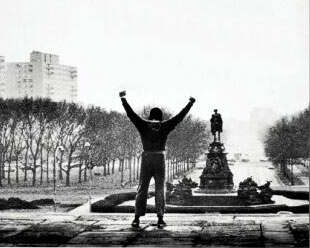
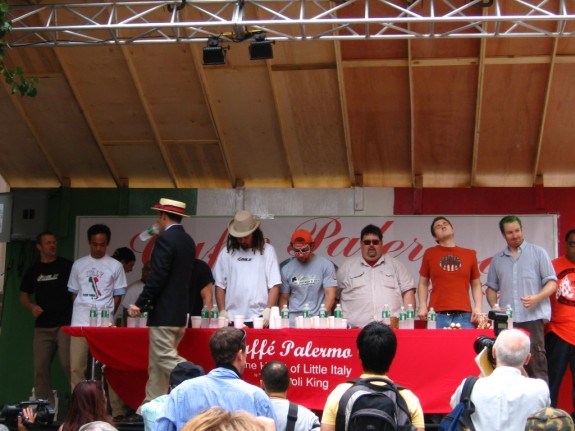
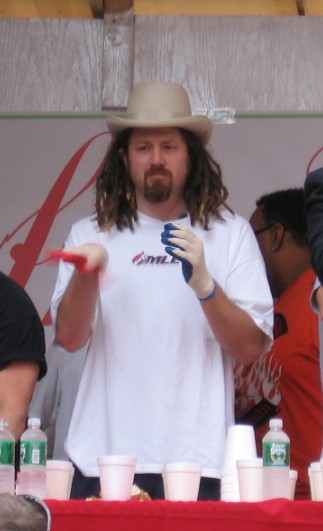
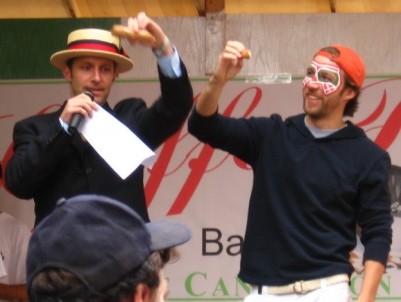
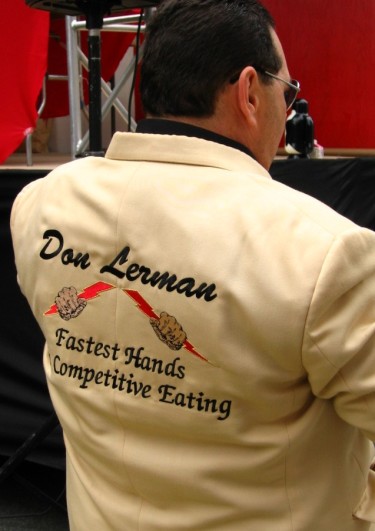
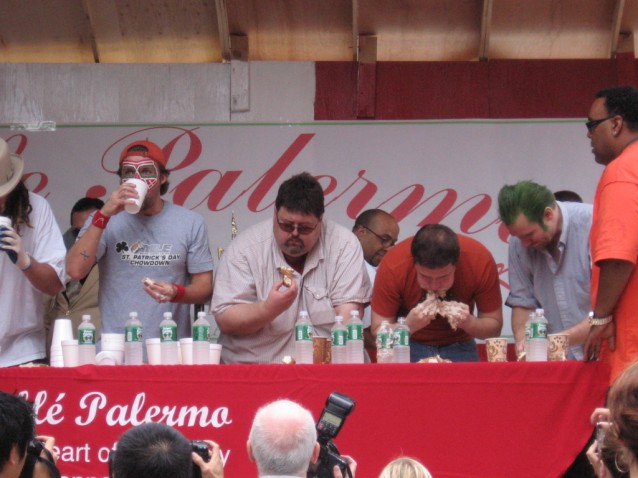

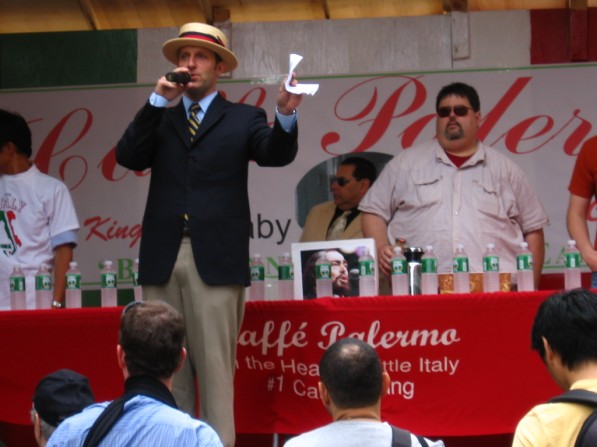
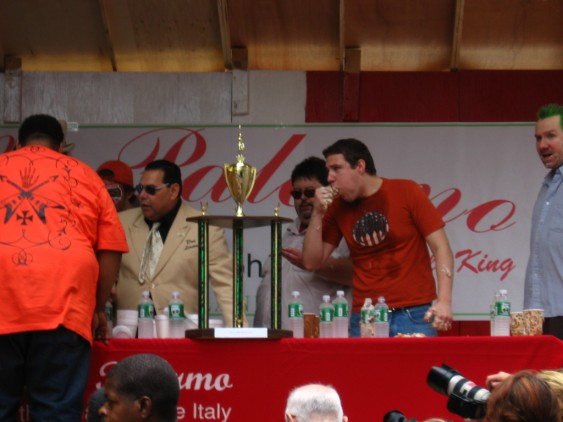
Recent Comments